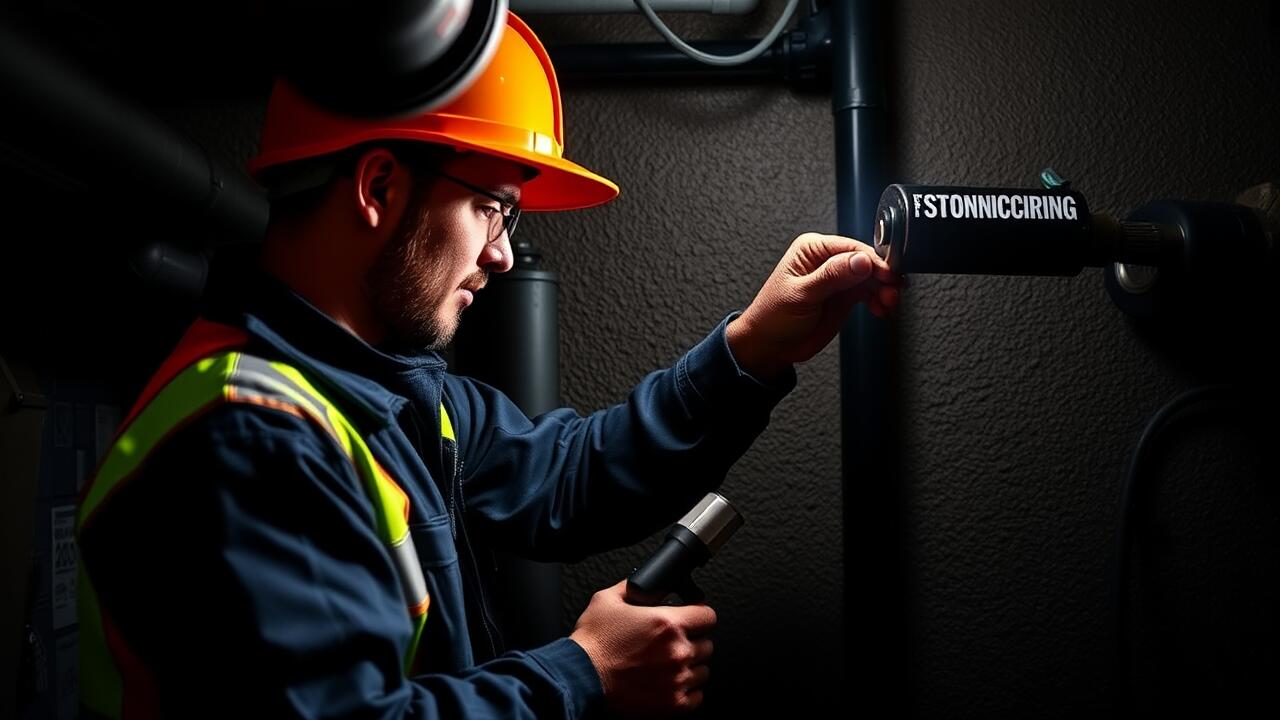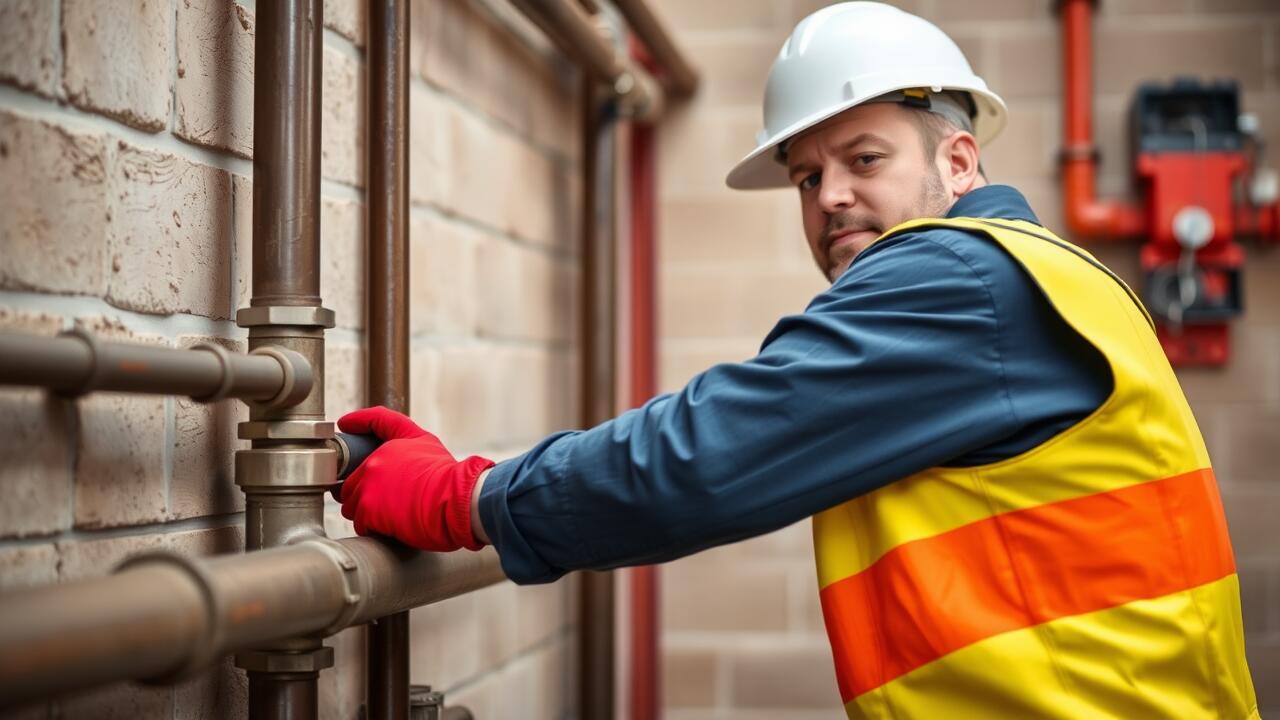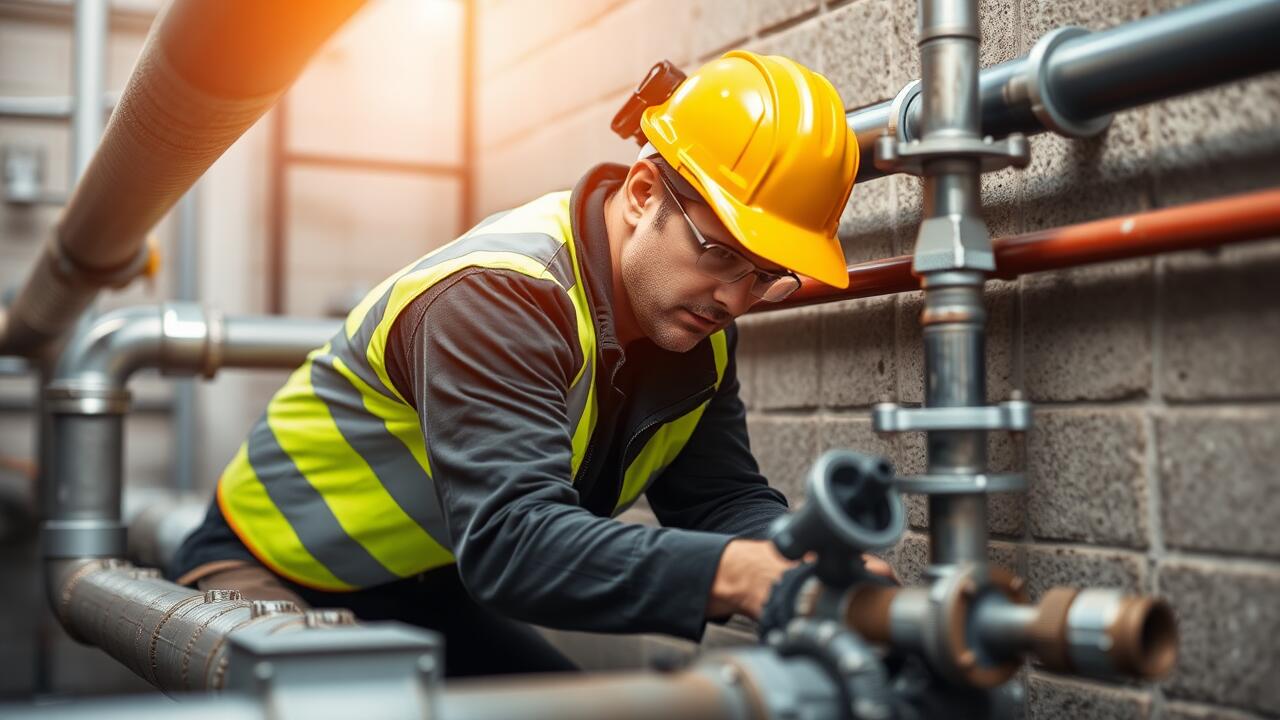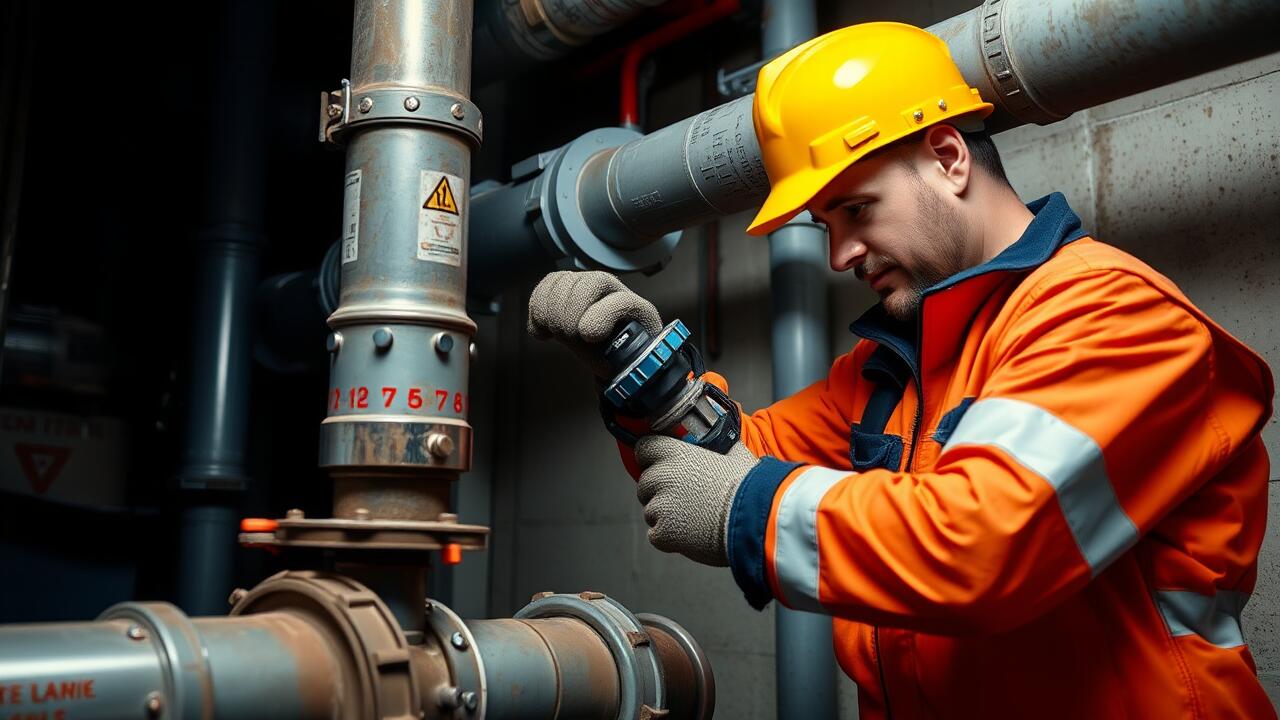
Comparing Galvanized Steel Pipes
Galvanized steel pipes have been a popular choice for residential plumbing due to their strength and durability. These pipes are made from steel coated in zinc, which helps to prevent corrosion and extends their lifespan. Many homeowners opt for this material in pipe installation Westwood, Los Angeles, where reliable plumbing is essential for daily living. However, it's important to note that over time, the zinc coating can wear away, potentially leading to rust formation and reduced water quality.
While galvanized steel pipes are robust, they do require regular inspections and maintenance. If any signs of corrosion are found, timely repairs can prevent more significant plumbing issues down the line. Additionally, in locations where high water pressure is common, these pipes can be prone to leaks and failures. Homeowners must weigh the advantages and limitations of using galvanized steel pipes in their residential projects, keeping in mind local conditions such as climate and water quality.
Rust Resistance and Maintenance
Galvanized steel pipes are widely known for their durability and strength, but they are also susceptible to rust over time due to moisture exposure. This corrosion can significantly affect the quality and longevity of the plumbing system. To combat rust, regular maintenance is crucial. Homeowners should inspect their plumbing for signs of corrosion, and any compromised areas should be addressed promptly to prevent leaks and water damage. Considering the competitive market for Pipe installation Sherman Oaks, Los Angeles, it is essential to choose contractors experienced in maintaining galvanized pipes effectively.
With proper care, galvanized steel can last several decades, but neglect can lead to costly repairs. Homeowners must understand the importance of applying protective measures, such as using rust-inhibiting compounds or paint on exposed areas. Additionally, understanding the specific conditions of a home, like humidity levels in Sherman Oaks, can guide maintenance efforts. Investing in high-quality materials and consulting with knowledgeable professionals can significantly enhance the system's lifespan while minimizing rust-related issues.
The Role of Cast Iron in Plumbing
Cast iron pipes have long been a staple in residential plumbing due to their durability and strength. They can withstand high pressure and are particularly useful for sewage and drainage systems. Their robust construction allows them to handle the rigors of everyday use, making them a reliable choice for homeowners. Additionally, cast iron fittings often feature a male and female thread, facilitating easier connections and integrations with existing plumbing systems during renovations or new construction.
Another advantage of cast iron pipes is their ability to reduce noise associated with water flow. The density and mass of the material dampen vibrations, providing a quieter plumbing experience. This characteristic is especially beneficial in multi-story homes or apartments where noise can be a concern. For those considering plumbing options, seeking professional assistance for pipe installation in Sherman Oaks, Los Angeles, can help ensure the right material choice for optimal performance and longevity.
Noise Reduction and Strength
Cast iron pipes have long been favored in plumbing systems for their exceptional strength and durability. They can withstand high pressure and are less likely to crack or break compared to other materials. This robustness makes them a reliable choice for residential installations, especially in areas subject to ground movement or extreme weather conditions. Homeowners seeking a long-lasting solution often consider options like cast iron when they're planning for factors such as longevity and system integrity.
Another notable advantage of cast iron pipes is their noise-dampening properties. The density of the material absorbs sound better than lighter alternatives, leading to quieter water flow and reduced noise from running water or waste disposal. This characteristic is particularly beneficial in multi-level buildings where sound from plumbing can be a concern. As individuals search for professional services, they may consider specialized companies offering pipe installation in Sherman Oaks, Los Angeles, known for their expertise in managing both strength and sound reduction in their installs.
Environmental Impact of Pipe Materials
The environmental impact of pipe materials extends beyond their initial production. Choosing sustainable options can significantly reduce carbon footprints associated with plumbing installations. Materials such as PVC and HDPE, while popular for their lightweight and flexible properties, may pose environmental risks during manufacturing and disposal. In contrast, recycled materials can mitigate some of these concerns, promoting a more eco-friendly approach to plumbing.
Pipe installation in Sherman Oaks, Los Angeles, often involves considerations for local regulations and environmental standards. Many homeowners are now prioritizing materials that minimize waste and offer durability over time, leading to fewer replacements and lower overall resource consumption. The choice of pipe materials influences not just individual households but also the broader ecosystem, underscoring the importance of making informed decisions.
Sustainability Considerations
Sustainability is becoming an increasingly important factor in the selection of pipe materials for residential installations. Many homeowners in areas like Sherman Oaks, Los Angeles, are seeking options that not only serve their plumbing needs but also align with eco-friendly practices. The environmental impact of manufacturing, transporting, and disposing of various pipe materials can vary significantly. PVC, for instance, is often criticized for its production processes and potential emissions, while copper and PEX offer more sustainable characteristics through their longevity and reduced waste.
Another consideration is the recyclability of pipe materials. Choosing materials that can be recycled at the end of their life cycle encourages a circular economy and reduces landfill contributions. For residents opting for pipe installation in Sherman Oaks, Los Angeles, understanding the full life cycle of the pipe material— from extraction to disposal—can inform more responsible choices. Innovations in sustainable plumbing technologies, such as less energy-intensive manufacturing methods and eco-friendly coatings, further enhance the appeal of certain materials for environmentally conscious homeowners.
FAQS
What are the main types of pipe materials used in residential plumbing?
The main types of pipe materials used in residential plumbing include galvanized steel, cast iron, copper, PVC, and PEX. Each material has its own advantages and disadvantages.
How do galvanized steel pipes compare to other materials?
Galvanized steel pipes are known for their strength and durability but can be prone to rust and corrosion over time. They require regular maintenance compared to more modern materials like PEX or PVC.
What are the benefits of using cast iron pipes?
Cast iron pipes are highly durable and provide excellent noise reduction due to their density. They are also known for their strength, making them suitable for high-pressure applications.
Are there environmental concerns associated with different pipe materials?
Yes, some pipe materials have a larger environmental impact than others. For example, PVC production can release harmful chemicals, while materials like copper and PEX can be more sustainable if sourced responsibly.
What should I consider when choosing a pipe material for my home?
When choosing a pipe material for your home, consider factors such as corrosion resistance, durability, environmental impact, and your specific plumbing needs. Additionally, local building codes and regulations may influence your decision.



